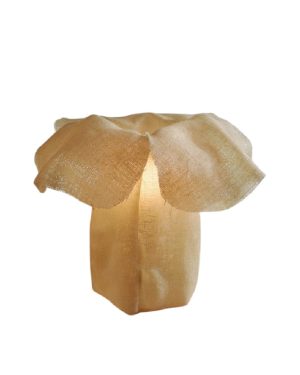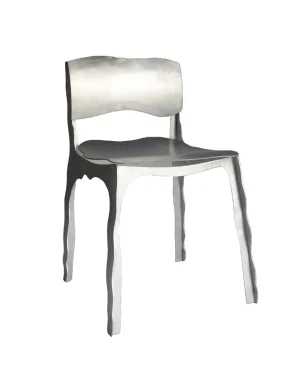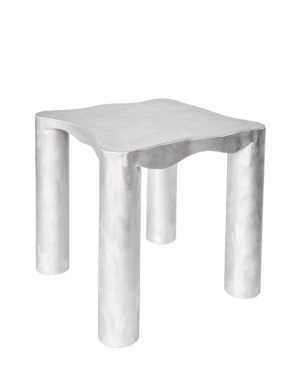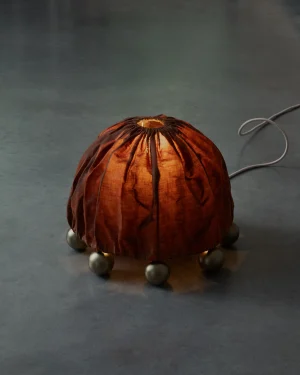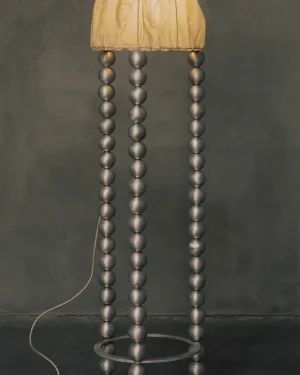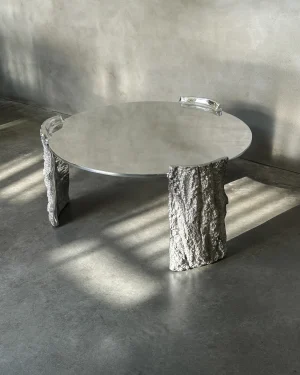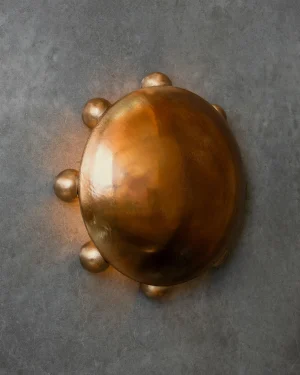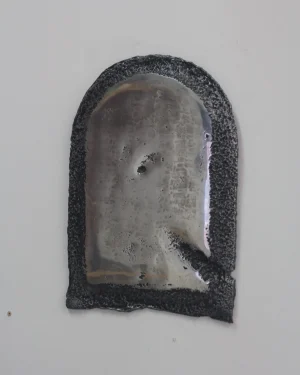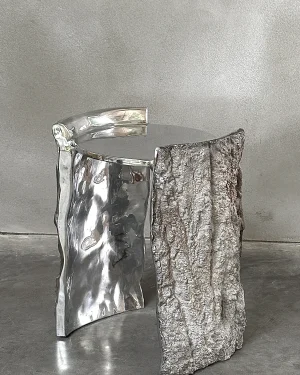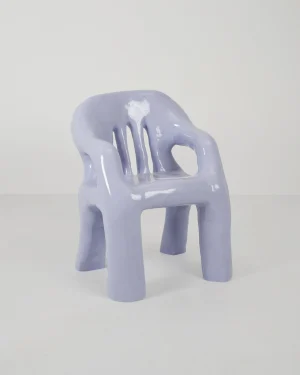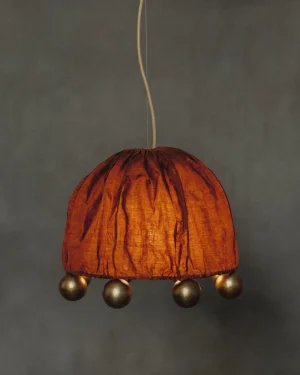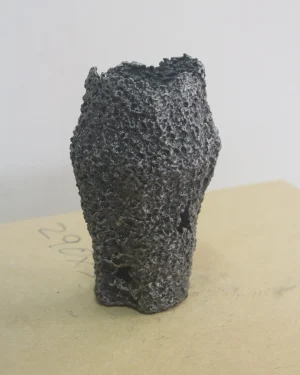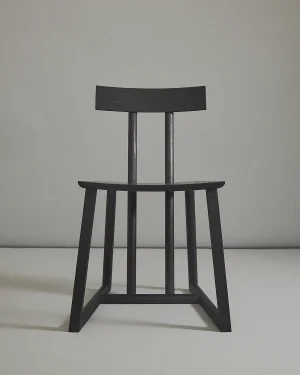-
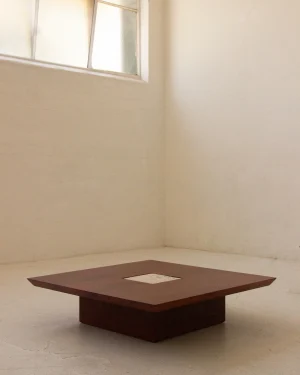
Coffee Table
€1.765 -

Wood Wave Stool
€1.130 -
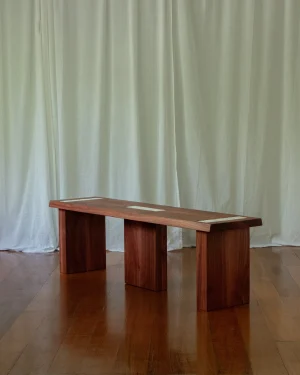
Jarrah Wood Bench
€2.165 -
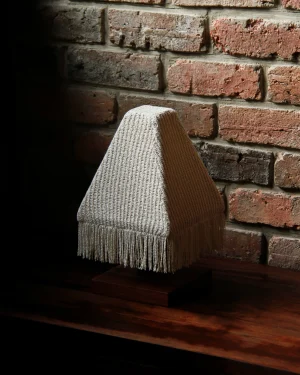
Cubozoa Table Lamp
€887 -
 In stock
In stockInto The Inferno – Hand Sculpted Sandstone & Petrified Wood Coffee Table
€6.185 -
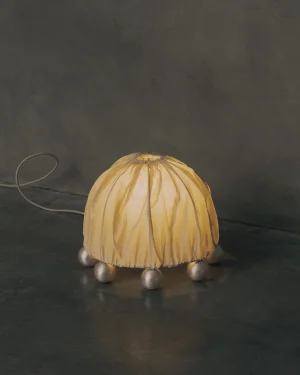
Alter Table Lamp – Aluminium Beeswax Linen
Price Upon Request -
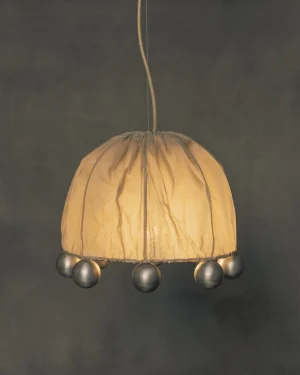
Alter Pendant – Aluminium Linen Beeswax
Price Upon Request -
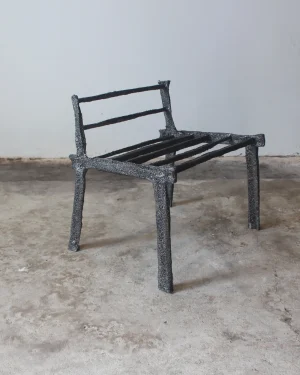
Melancholy Chair – Aluminium
Price Upon Request -
 In stock
In stockMelancholy Bench Seat
Price Upon Request -
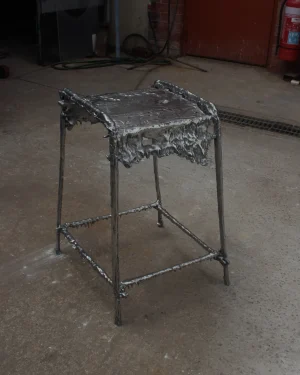 In stock
In stockWax Stool 01
Price Upon Request -
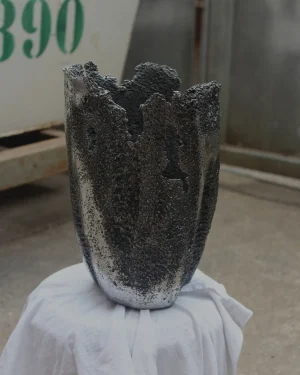 In stock
In stockMelancholy Vessel 10
Price Upon Request -
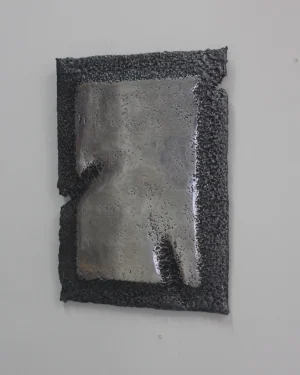
Melancholy Hanging Mirror – Rectangle – Aluminium
€610 - €1.590 incl. tax This Piece has multiple variants. The options may be chosen on the Piece page -
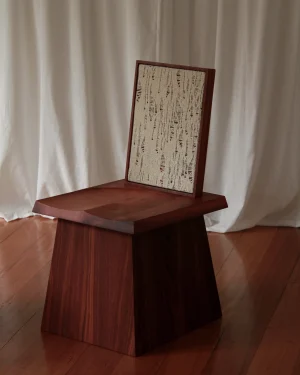
Waiting Chair
€2.100 -
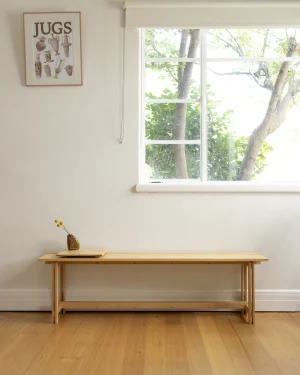 In stock
In stockSlyd Bench Seat
€1.750 -
15% off
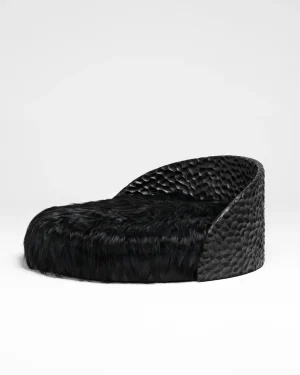
Boo Bed – Hand-carved Dog Bed With Sheepskin
€980€834 incl. tax -
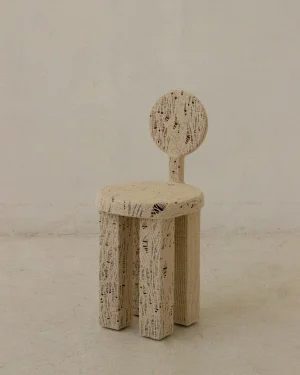
Knitted Chair
€3.500 -
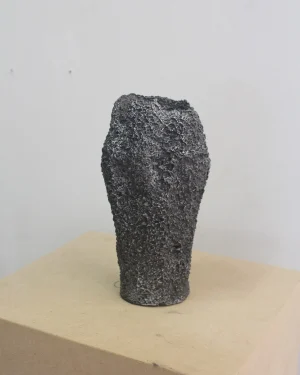
Melancholy Vessel – Large – Aluminium
Price Upon Request -
 In stock
In stockMelancholy Vessel 09 – Aluminium
Price Upon Request -
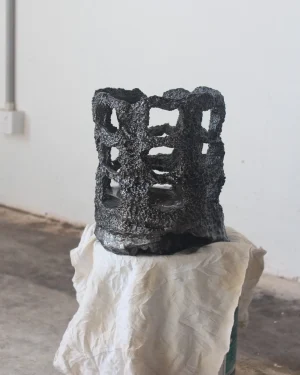 In stock
In stockMelancholy Vessel 08 – Aluminium
Price Upon Request -
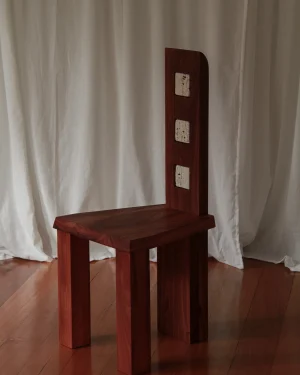
Side Chair
This Piece has multiple variants. The options may be chosen on the Piece page -
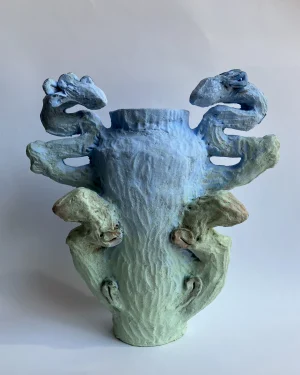 Sold
SoldSerpents/ Spirits Vessel
-
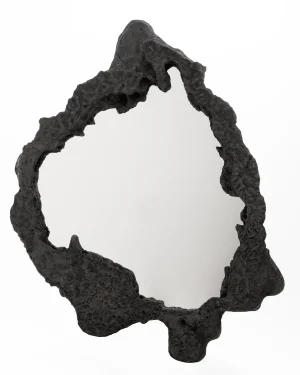
A Beautiful Mind – Sculptural Organic Stone Mirror
€3.600 -
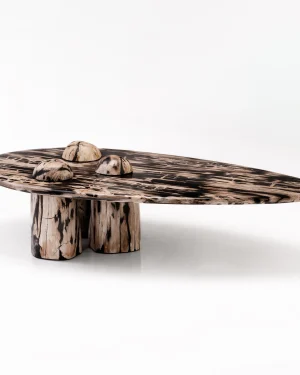 In stock
In stockRocky Montage – Sculptural Petrified Wood Coffee Table
€7.190 -
20% off
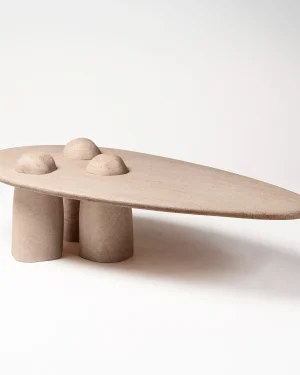
Rocky Montage • Sculptural Sandstone Coffee Table
€4.950€3.960 incl. tax -
15% off
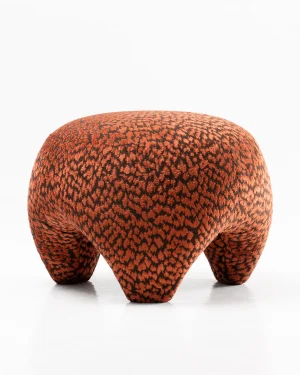
Django – Sculptural Textured Velvet Ottoman
€990€842 incl. tax -
10% off
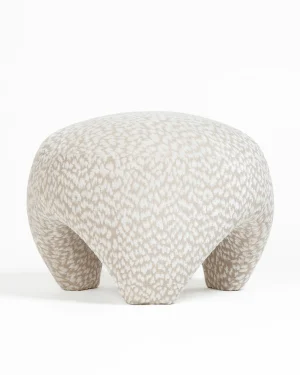
Django • Bone White • Sculptural Textured Velvet Ottoman
€990€891 incl. tax -
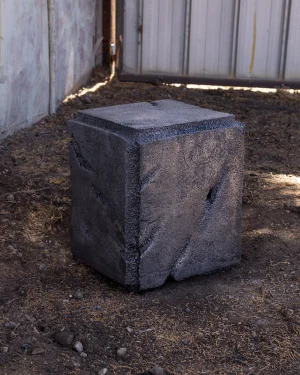 Sold
SoldMelancholy Side Table – Aluminium
-
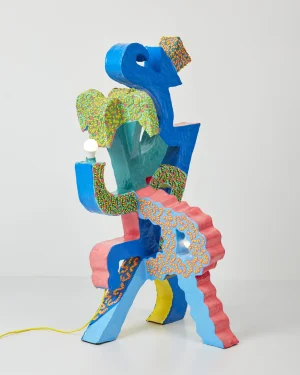 In stock
In stockBoogie Tropical Lamp
Price Upon Request -
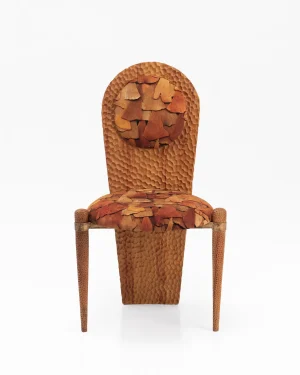
Naughty By Nature – Sculptural Chair
€1.180 -
 In stock
In stockDown To Earth – Hand-sculpted Red Earth Stone Coffee Table
€6.480 -
 In stock
In stockMelancholy Coffee Table 01 – Aluminium
Price Upon Request -
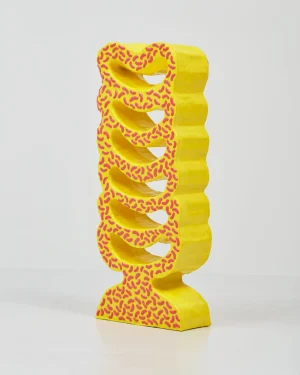 In stock
In stockGreasy Hot Dog Shelf
Price Upon Request -

Cabinet Made in 2700 Minutes
Price Upon Request -

Stool Made in 296 Minutes
Price Upon Request -
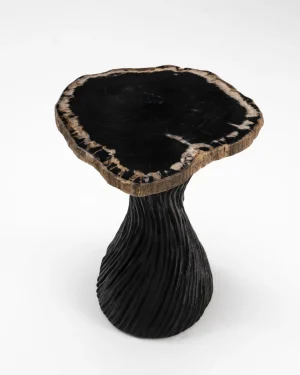 In stock
In stockTwisted Fantasy – Hand-carved Petrified Wood Side Table
€1.490 -
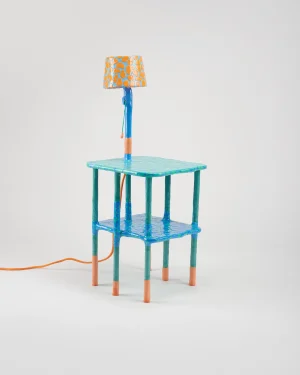
Night table made in 894 minutes
Price Upon Request -
 In stock
In stockYellow Magic Lantern Table Lamp
Price Upon Request
Filters
Category
Accessories
Decor
Bookends
Books
Cushions & Throws
Decorative Objects
Mirrors
Planters
Rugs
Vases
Wall Decoration
Speakers
Tableware
Bowls
Candleholders
Coasters
Containers
Cups & Glasses
Cutlery
Plates
Pots & Pitchers
Tablecloths
Trays
Wearables
Bags
Bracelets
Cuff Links
Earrings
Hair Clips
Necklaces
Rings
Scarfs
Furniture
Beds & Daybeds
Seating
Benches
Chairs
Sofas
Stools
Storage
Cabinets
Credenzas
Drawers
Hooks & Coat Stands
Magazine Holders
Organizers
Room Dividers
Shelves
Sideboards
Tables
Coffee Tables
Console Tables
Desks
Dining Tables
Nightstands
Side Tables
Lighting
Lamps
Ceiling Lamps
Floor Lamps
Table Lamps
Wall Lamps
Price Range (€)
0-500
500-1000
1000-2000
2000-5000
5000 and above
Availability
In stock
Made to order
Ways to buy
Free shipping
On sale
Featured
Materials
Ceramics
Brick
Clay
Earthenware
Glazes
Porcelain
Stoneware
Terrazzo
Concrete
Concrete Composite
Fiber-cement
Glass
Blown Glass
Borosilicate Glass
Mirrorglass
Murano Glass
Metals
Aluminum
Brass
Bronze
Copper
Gold
Iron
Silver
Steel
Zinc
Paper
Cardboard
Hahnemühle Paper
Paper Cord
Paper Pulp
Washi Paper
Plastics
Acrylic
Bio Plastic
Epoxy
Jesmonite
PCR LDPE Plastic
Polypropylene
Polystyrene
Polyurethane
Pvc
Recycled Plastic
Silicone
Water-based Acrylic Polymer
Stone
Azul Macaúbas Stone
Calcite
Cantera Stone
Granite
Lava Stone
Limestone
Marble
Natural Stone
Sand
Soapstone
Travertine
Volcanic Stone
Textiles
Cotton
Natural Fibers
Silk
Wool
Synthetic Fibers
Wood
Alder Wood
Ash Wood
Bamboo Wood
Beech Wood
Birch Wood
Cedar Wood
Cherry Wood
Chestnut Wood
Cork
Huanacaxtle Wood
Ipe Wood
Linden Wood
Mahogany Wood
Maple Wood
MDF
Needle Wood
Oak Wood
Parota Wood
Peroba Wood
Pine Wood
Plywood
Poplar Wood
Rosa Morada Wood
Rose Wood
Sycamore Wood
Teak Wood
Tornillo Wood
Tulip Wood
Tzalam Wood
Walnut Wood
Wenge Wood
Wicker
Zapotillo Wood
Biomaterials
Beeswax
Eggshells
Fur
Leather
Natural Wax
Plant-based Materials
Semi-precious Stone
Amethyst
Crystal
Lapis Lazuli
Onyx
Citrine
Tourmaline
Design Class
Limited Editions
Open Editions
Unique Pieces

